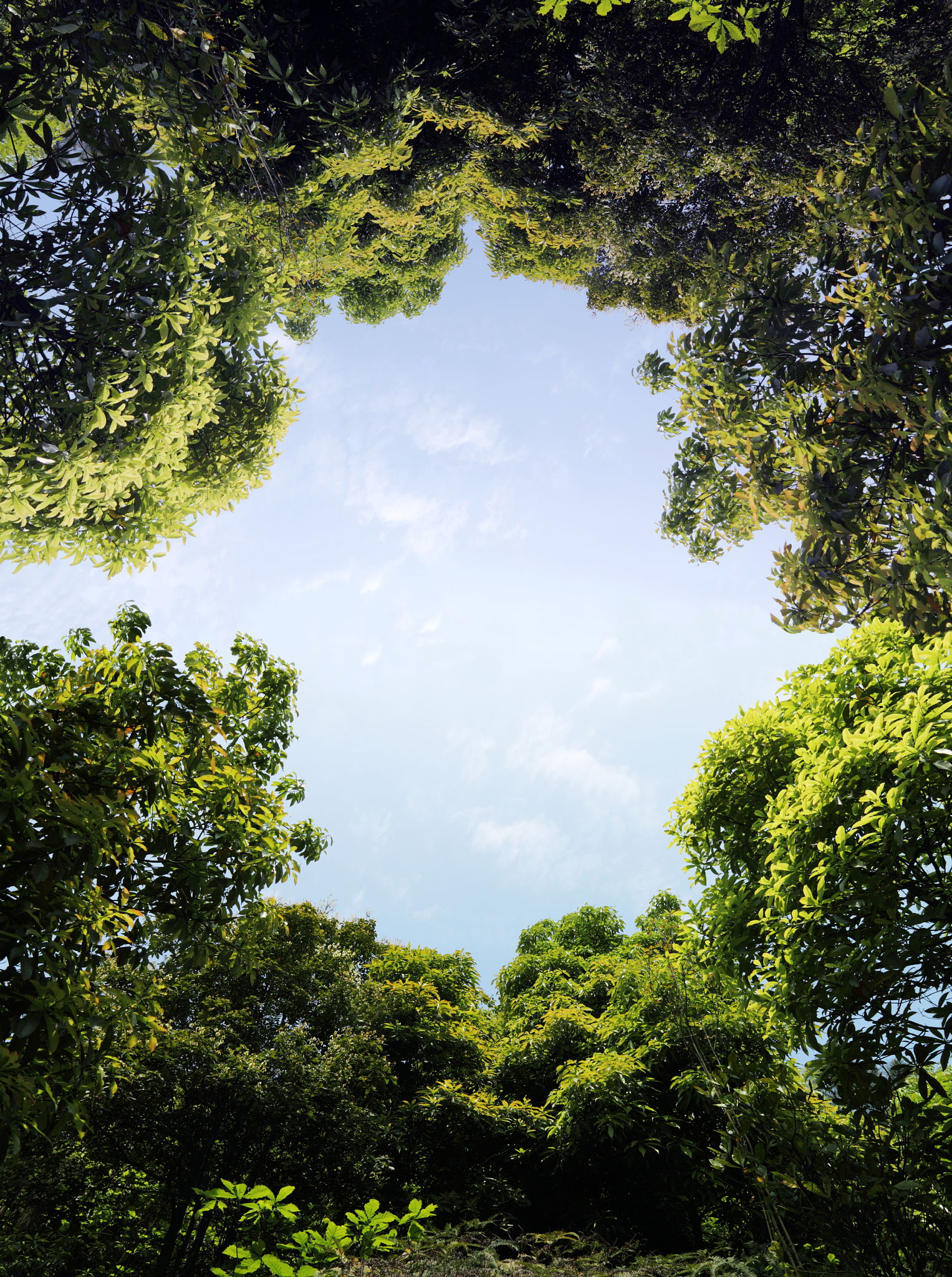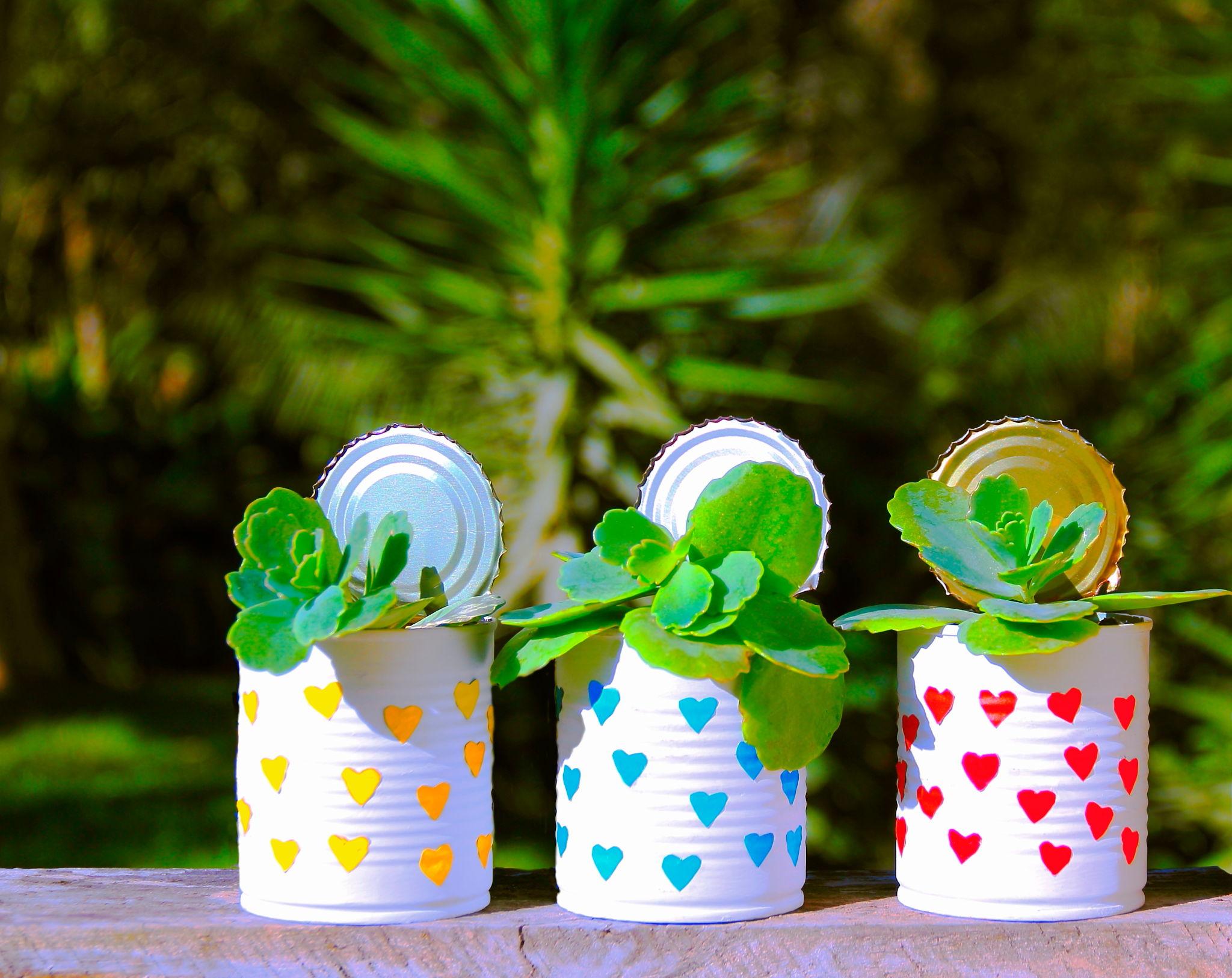Exploring the Benefits of Upcycling Art for a Greener Future
Understanding Upcycling Art
Upcycling art is a creative process that involves transforming waste materials or unwanted products into new materials or products of better quality or for better environmental value. This innovative approach not only gives discarded items a new life but also significantly contributes to sustainable living. By choosing upcycling over traditional recycling, artists and enthusiasts alike can reduce waste, conserve resources, and promote an eco-friendly lifestyle.

The Environmental Impact
One of the primary benefits of upcycled art is its positive impact on the environment. Traditional waste management practices, such as landfills and incineration, can be harmful. By diverting waste from these methods, upcycling helps reduce pollution and saves energy. Furthermore, upcycling often requires less energy than traditional recycling processes, making it an even more sustainable option.
In addition to conserving resources, upcycling also helps decrease the demand for new raw materials. This, in turn, reduces deforestation and mining activities, which are often detrimental to ecosystems. By embracing upcycled art, communities can foster a greener future with a smaller carbon footprint.
Economic Advantages
Beyond its environmental benefits, upcycling art can also offer significant economic advantages. By reimagining waste materials into valuable art pieces, artists can create unique products that stand out in the market. These one-of-a-kind creations often command higher prices due to their originality and the story behind each piece.

Moreover, upcycling fosters local economies by encouraging artisans to source materials locally. This reduces transportation costs and supports small businesses. As the demand for sustainable products continues to grow, upcycled art can provide economic opportunities for communities around the world.
Fostering Creativity and Innovation
Upcycling art is a testament to human creativity and innovation. Artists are challenged to think outside the box and find new uses for discarded materials. This creative process often leads to groundbreaking ideas and designs that push the boundaries of traditional art forms.
By experimenting with different materials and techniques, artists can develop new skills and perspectives. This not only benefits their personal artistic growth but also contributes to the evolution of the art world as a whole. In this way, upcycled art is not just about sustainability—it's about pushing the limits of creativity.

Engaging Communities
Upcycling art has the power to bring communities together. Workshops and collaborative projects centered around upcycling are becoming increasingly popular. These events provide opportunities for people of all ages to learn about sustainability while engaging in hands-on activities.
By participating in upcycling projects, individuals can develop a sense of pride and ownership in their community's environmental efforts. Furthermore, these activities often foster a sense of camaraderie and collaboration among participants, strengthening community bonds.
Conclusion: A Path to a Greener Future
In conclusion, upcycling art offers numerous benefits that extend beyond environmental conservation. By embracing this creative approach, individuals and communities can promote sustainability while fostering economic growth, creativity, and community engagement. As we continue to seek solutions for a greener future, upcycled art stands out as a powerful tool for change.
Whether you're an artist looking to explore new mediums or a consumer seeking sustainable products, upcycled art provides an exciting opportunity to contribute to a healthier planet. By supporting and participating in upcycling initiatives, we can all play a part in shaping a more sustainable world.